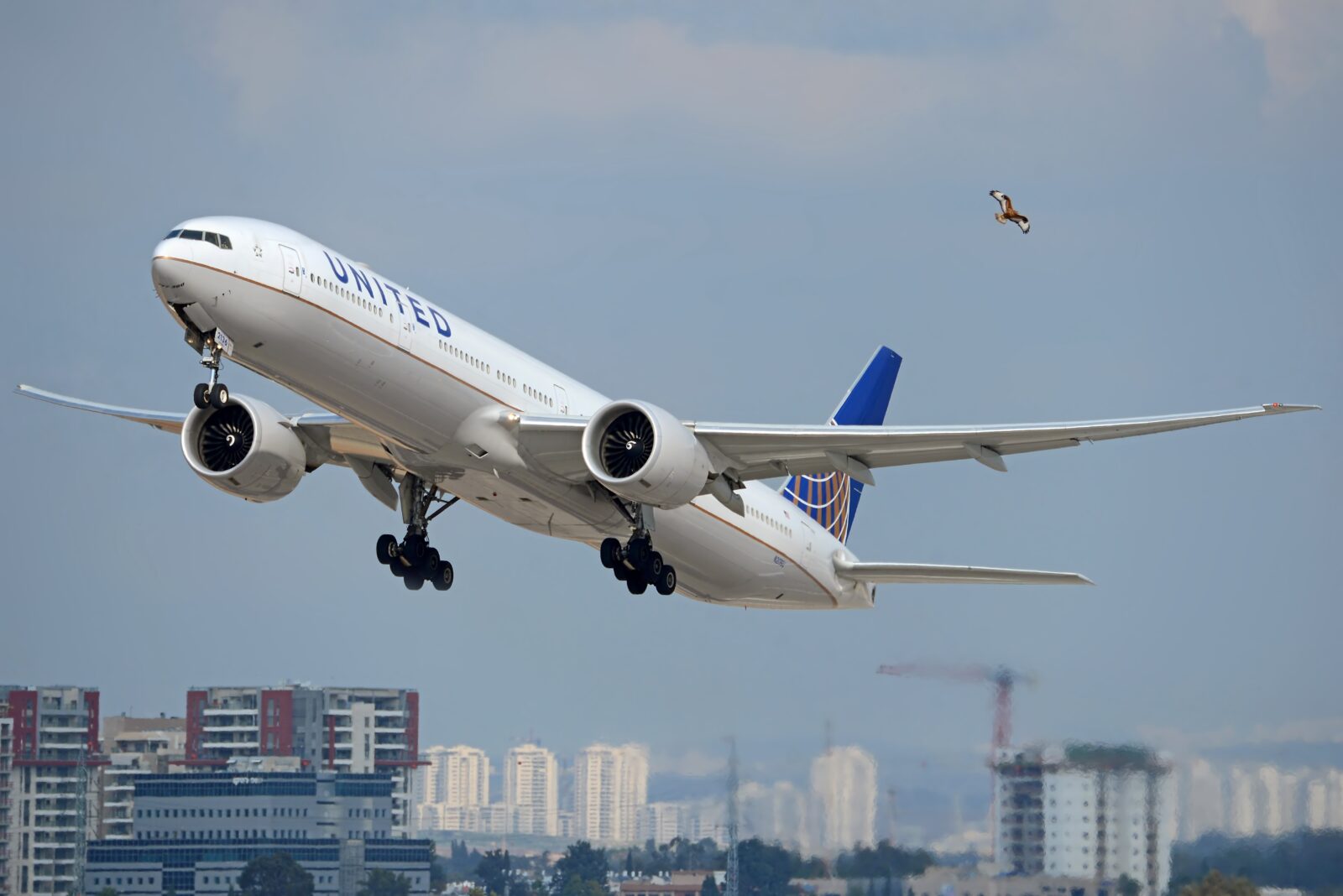
A United Airlines Polaris Business Class passenger on an international flight from Washington Dulles to London Heathrow has described the moment they woke up to the sound of what they thought was someone spraying Axe bodyspray only to realize that it was actually a flight attendant fighting a fire in the cabin with an onboard extinguisher.
Taking to the popular frequent flyer online message board FlyerTalk, the passenger said he initially passed off the burning odor that was filling the cabin as the flight attendants having cooked breakfast for too long before it quickly dawned on him what was actually happening.
“Once I sat up, I saw the FAs [flight attendants] frantically ripping the cushions off of 10G,” the passenger wrote. “Male FA had full arm-length fireproof gloves on, and they continued spraying fire extinguishers. Coworkers on the flight said that pax lost their phone and moved the seat, crushing the battery and starting the fire.”
The passenger continued: “They said the fire/smoke was going pretty good before the extinguishers.”
United Airlines UA918, operated by a Boeing 777-200, departed Washington Dulles at around 8 pm and was still around one and half hours away from London when the incident started to unfold in the cabin.
Airlines have seen a dramatic increase in lithium battery fires, which isn’t so surprising given the fact that so many gadgets, from mobile phones and tablets to vapes, contain lithium batteries.
The increasing risk posed by lithium batteries recently prompted the Federal Aviation Administration (FAA) to suggest that passengers keep their electronic devices charged to just 30% or less because this drastically reduces the risk of a thermal runaway event.
The FAA also suggested powering off unneeded gadgets and avoiding charging devices inflight if at all possible.
Airlines increasingly warn passengers about the risk of losing mobile phones and other electronic gadgets within their seats, especially lay-flat business class seats, which generally have powerful motors that can work of crushing a device that has fallen into the mechanism.
If passengers do lose their mobile phone in their seat, it’s often their first instinct to move the seat in order to start searching for it, but passengers should avoid this temptation to avoid a possible ‘thermal runaway’ event.
Although a fire extinguisher will do a pretty good job at temporarily cooling down a mobile phone fire, the key to stopping it from reigniting is to remove one of three elements that make up the ‘fire triangle – fuel, heat, and oxygen.
Flight attendants can either submerge an overheating device in water or, like in this case, place it in a special fire containment bag that removes the oxygen from the fire triangle.
Mateusz Maszczynski honed his skills as an international flight attendant at the most prominent airline in the Middle East and has been flying ever since... most recently for a well known European airline. Matt is passionate about the aviation industry and has become an expert in passenger experience and human-centric stories. Always keeping an ear close to the ground, Matt's industry insights, analysis and news coverage is frequently relied upon by some of the biggest names in journalism.








The bags do NOT work. FAA says so. Check out Lithium Fire Guard’s PG100. Only containment device that you can fully submerge the PED in water to prevent future propagation.